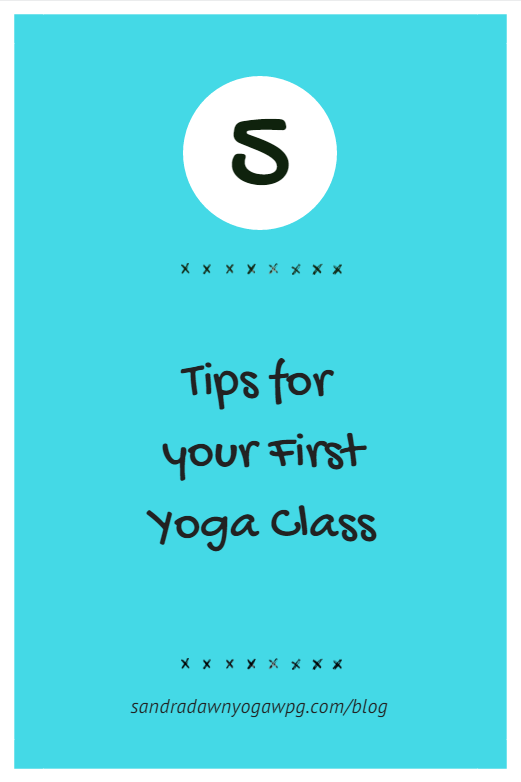Last week, we talked about what Pranayama actually is - the control or expansion of the breath. But what does that mean really? What does the practice of Pranayama actually do? Well, as you learn to practice different Pranayama techniques (I'll provide you with two great ones next week!) you will learn to actually change the depth of your breath, lengthen your inhales and exhales, and even change the rate of your pattern of breathing. But besides these physical aspects of the breath itself, there is much more Pranayama has to offer.
Pranayama for Beginners Part 1: What is it?
5 Tips for your First Yoga Class Ever!
Yoga Pose: Extended Side Angle - Four Ways!
Extended Side Angle - Parsvakonasana - is one of my favorite poses to do. It has plenty of benefits, including strengthening and stretching the legs, hips, feet and ankles, all while opening the shoulders and chest. This pose can be quite challenging, especially for beginners, so I have provided four variations for you to try depending on your limitations and where you are at in your Yoga practice! Keep reading to learn the steps to move in to this beautiful pose.
Yoga Pose: Warrior 1 Video Tutorial
Warrior 1 - Virabhadrasana 1 - is a challenging and beautiful pose. It has many benefits as it opens the hips and shoulders while strengthening and stretching the legs. Overall, this pose tends to make me feel powerful - like a warrior! Keep reading to find out how to move in and out of this pose and make sure to watch the video at the end for some visual cues!
Difficulty Level: Beginner - Intermediate
Step 1: Begin standing in tadasana at the front of your mat. Ground into the feet and legs so you feel solid and sturdy on the mat. With an exhale take a large step back - at least 3-4 feet - with one foot.
Step 2: Ensure your back foot is angled in approximately 30-45 degrees, so the toes are moving toward the front of the mat. Make sure to keep your back heel pressing into the mat.
Step 3: Move your hips so that both hip bones are working at facing forward. They might not get totally square to the front of the mat (that is ok!!!) but they are moving in that direction. The ribcage is also open to the front of the mat.
Step 4: Engage the core muscles and think about lifting the front of the body up, keeping the ribcage from flailing out. Also, think about lengthening down the back body and tail-bone.
Step 5: With an inhale, bring your arms up, overhead, with your palms facing one another. Stretch through the fingertips so the arms stay strong. Even as the arms reach up, keep the shoulders down away from the ears.
Step 6: With an exhale, bend deeply into the front knee, moving forward through the shin bone. Make sure the knee does not bend past the ankle as they should be lined up. If the knee is coming past the ankle, maybe try a wider stance.
Step 7: Breathe and feel.
Shoulder blades glide down the back body.
Chest lifts up.
Shift the gaze up to the finger tips.
Press into the baby toe side of the back foot.
Step 8: To come out, first release the arms and then step your back foot forward, bringing yourself back to tadasana. Try the pose again on the other side!
Watch the video below for more helpful tips!



